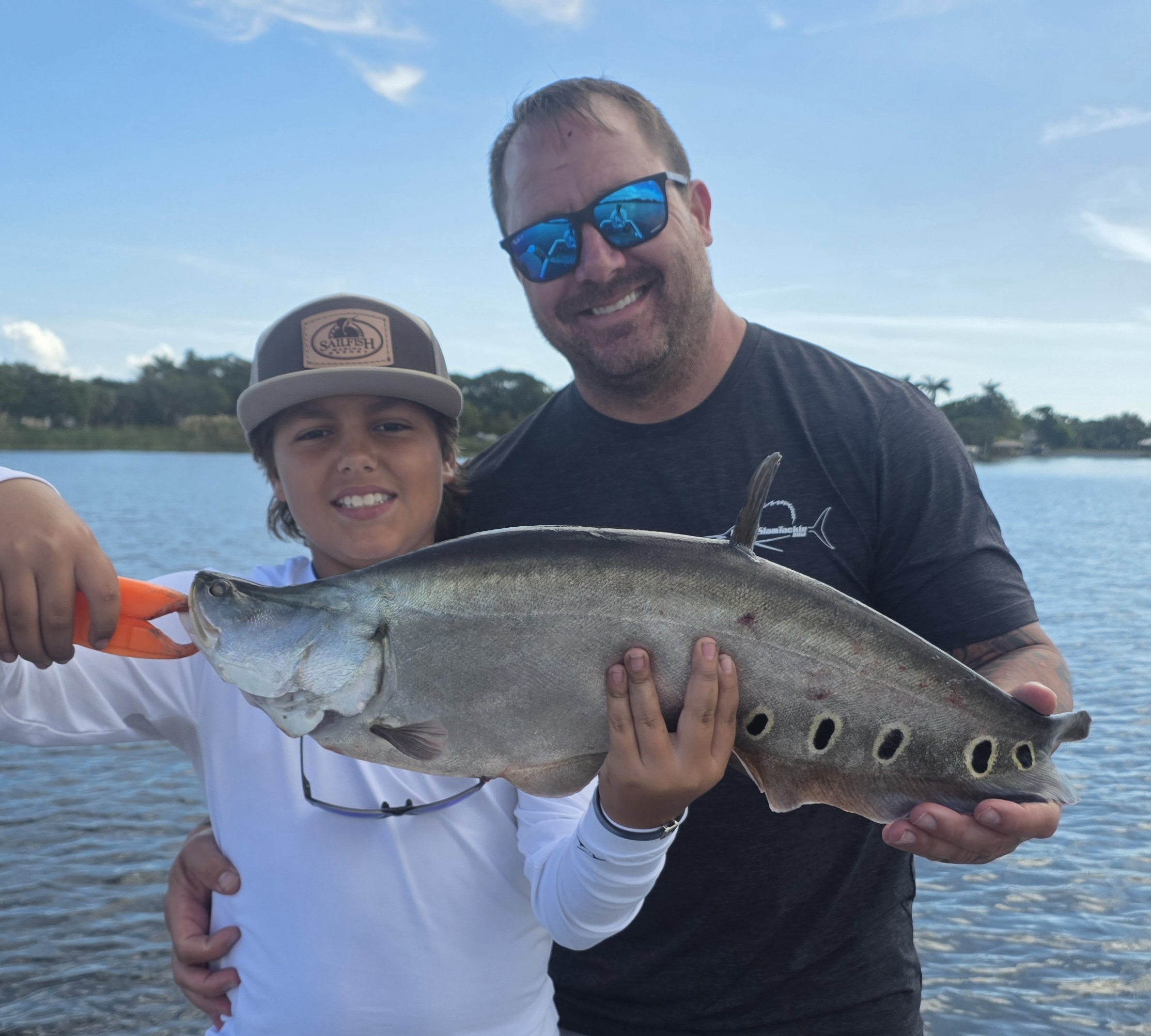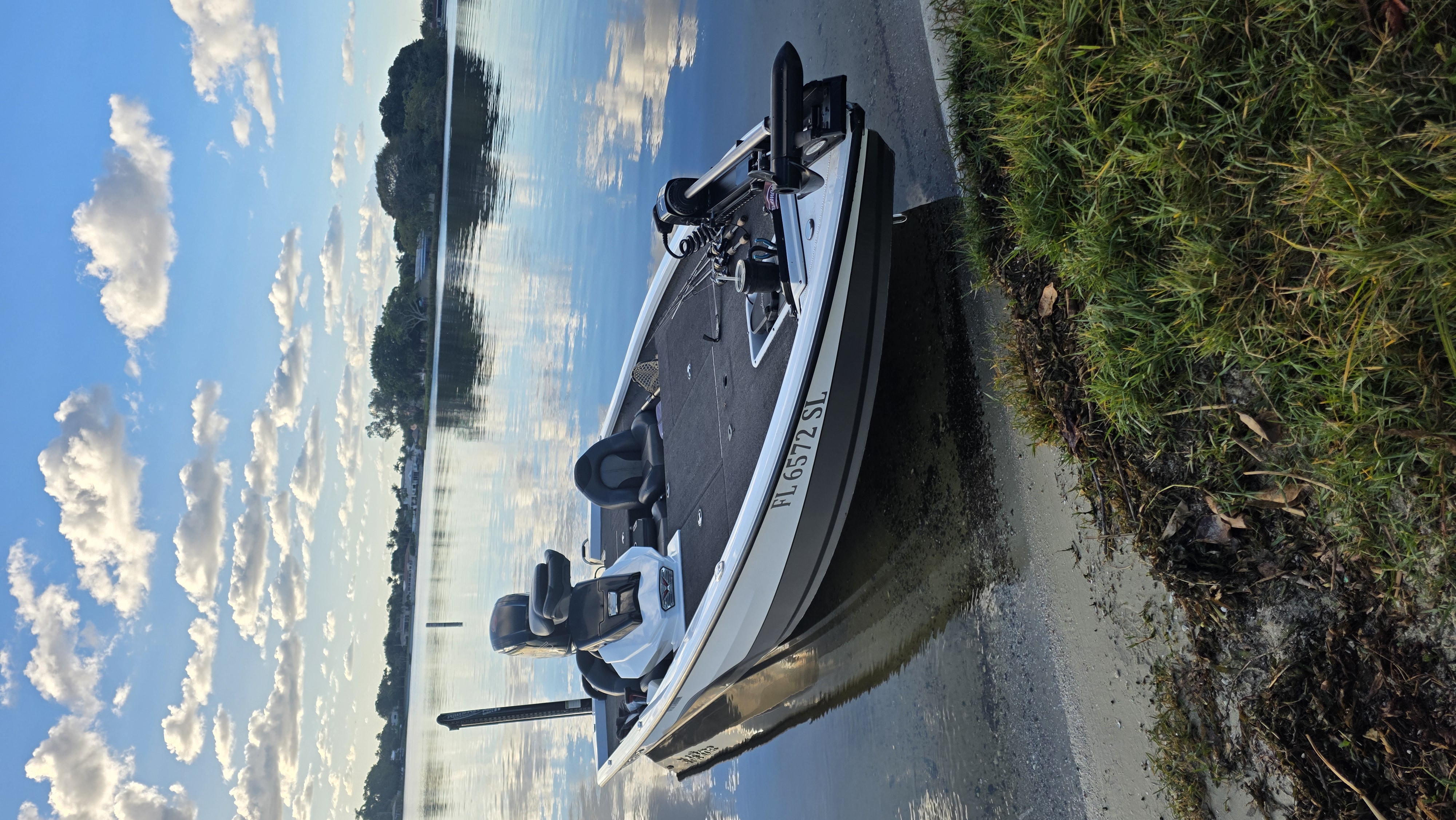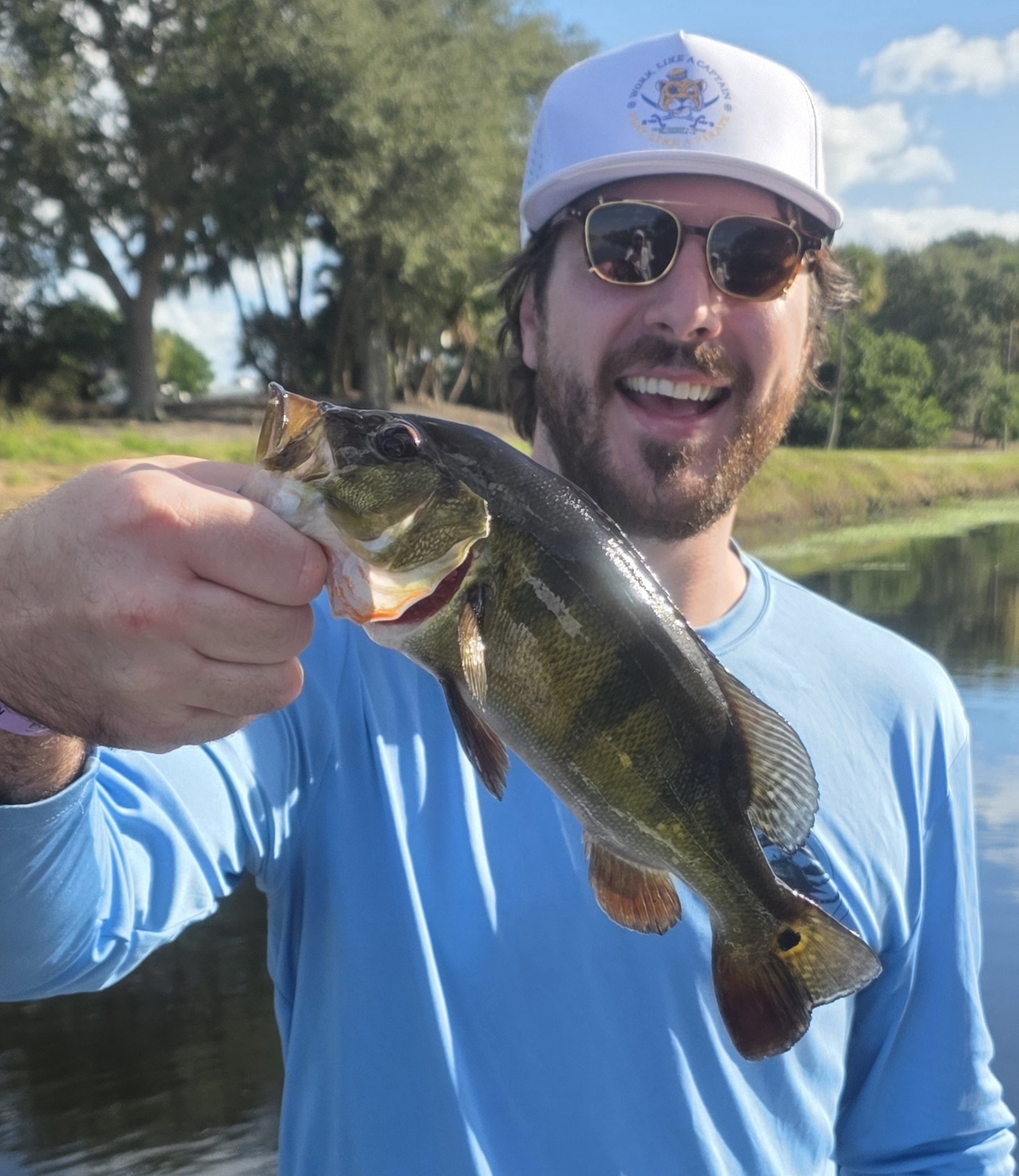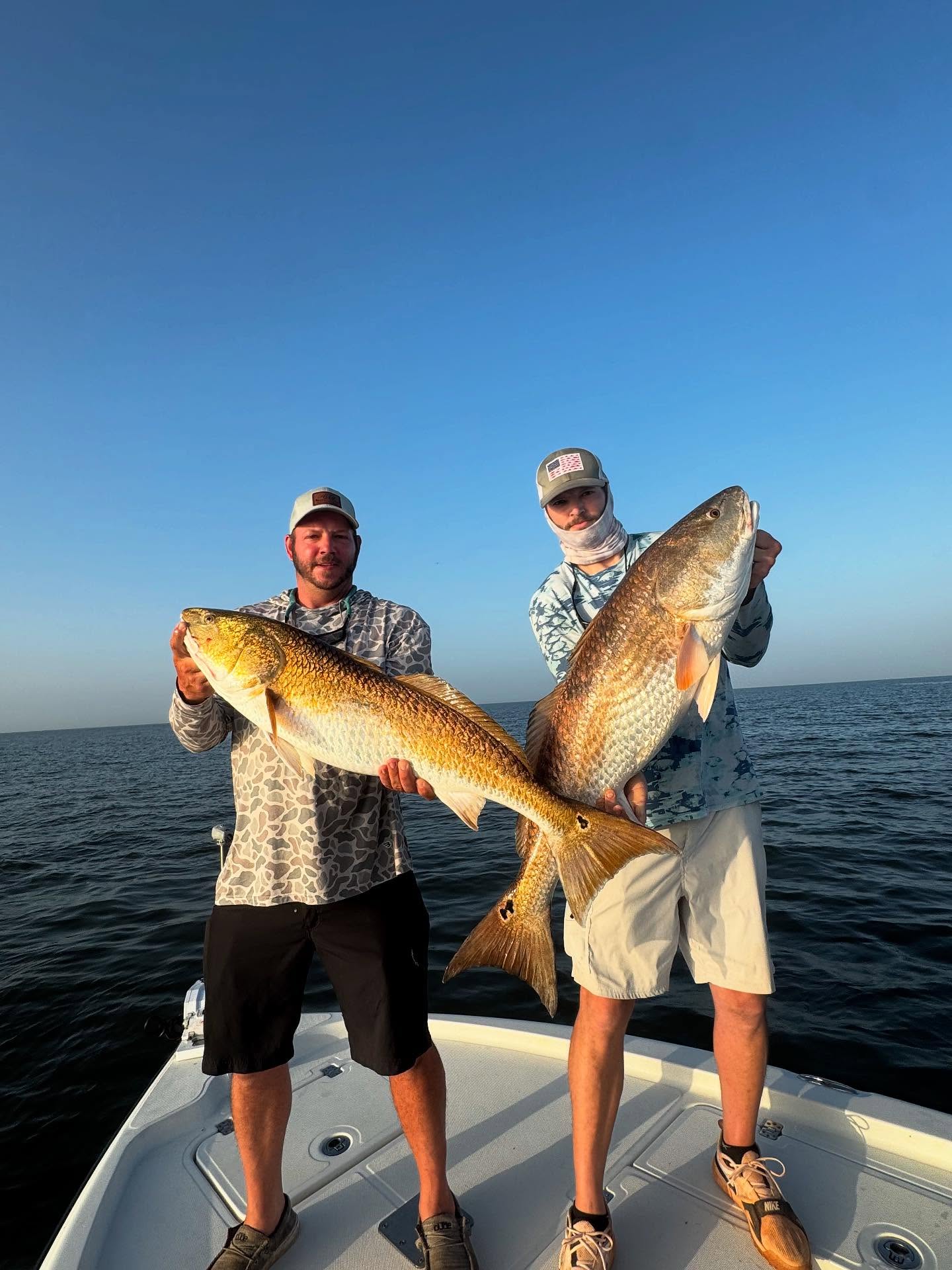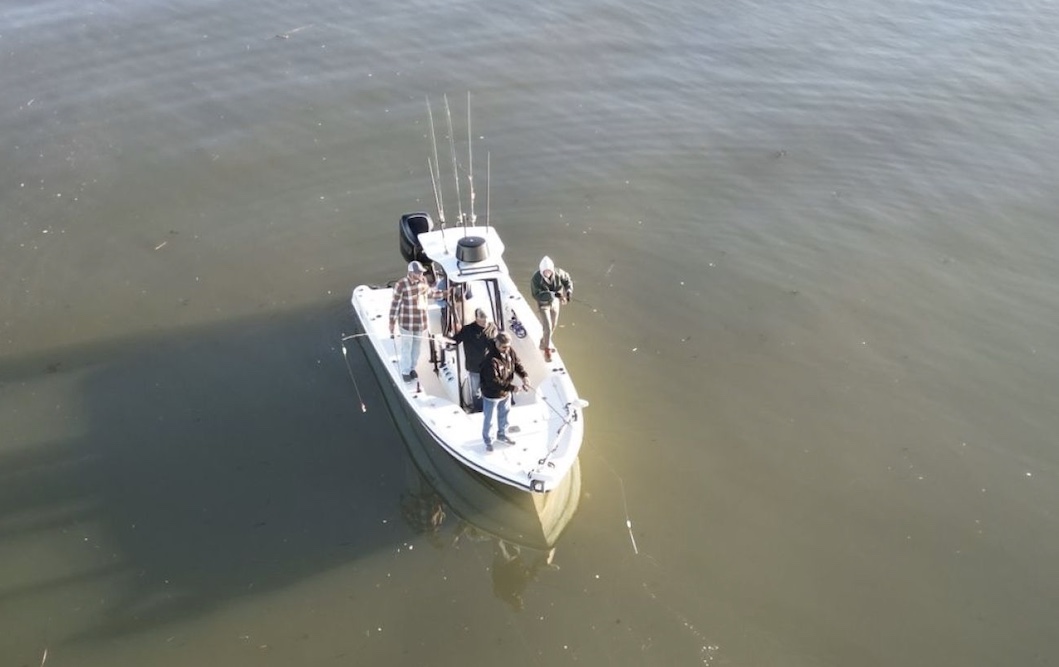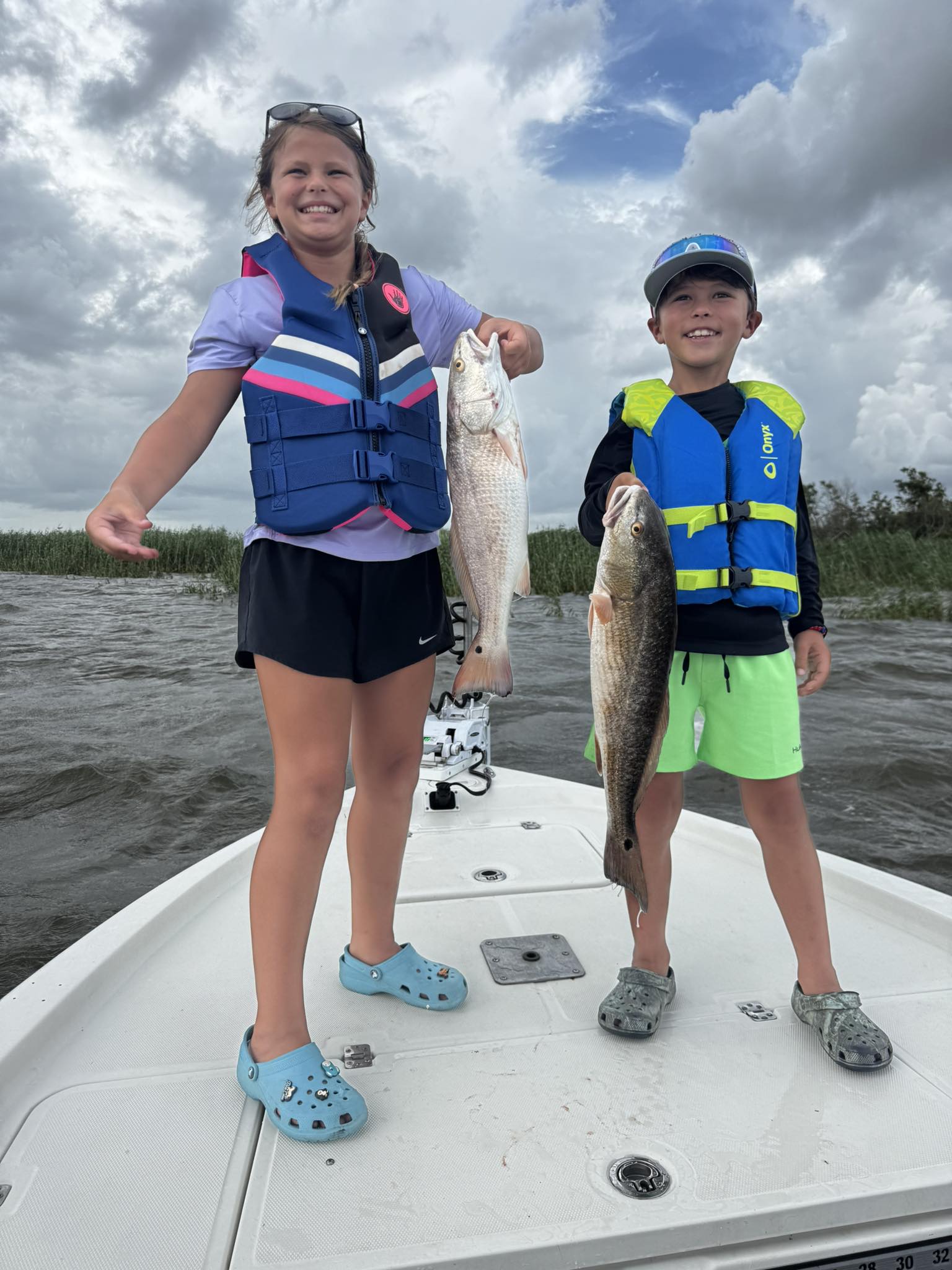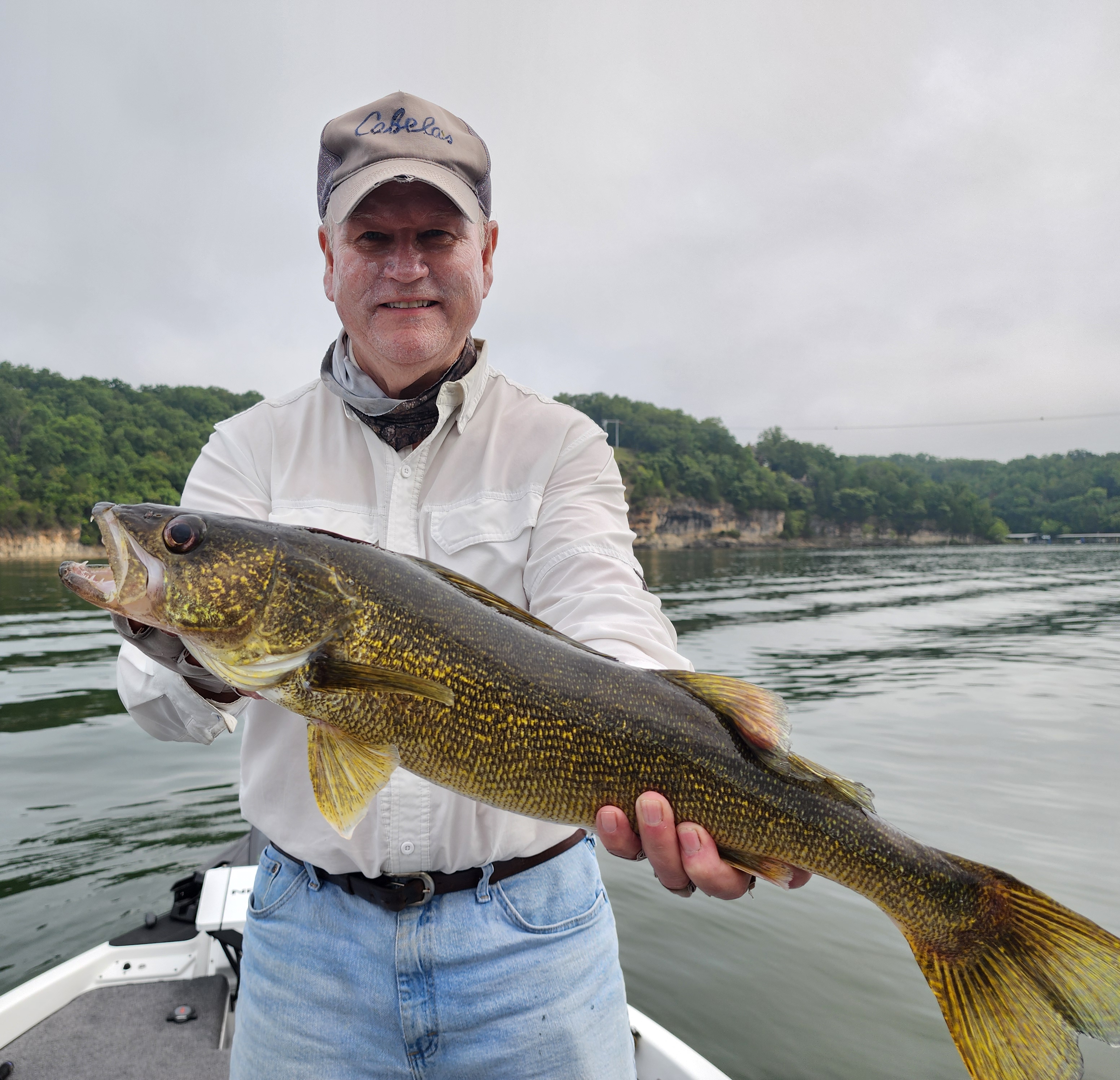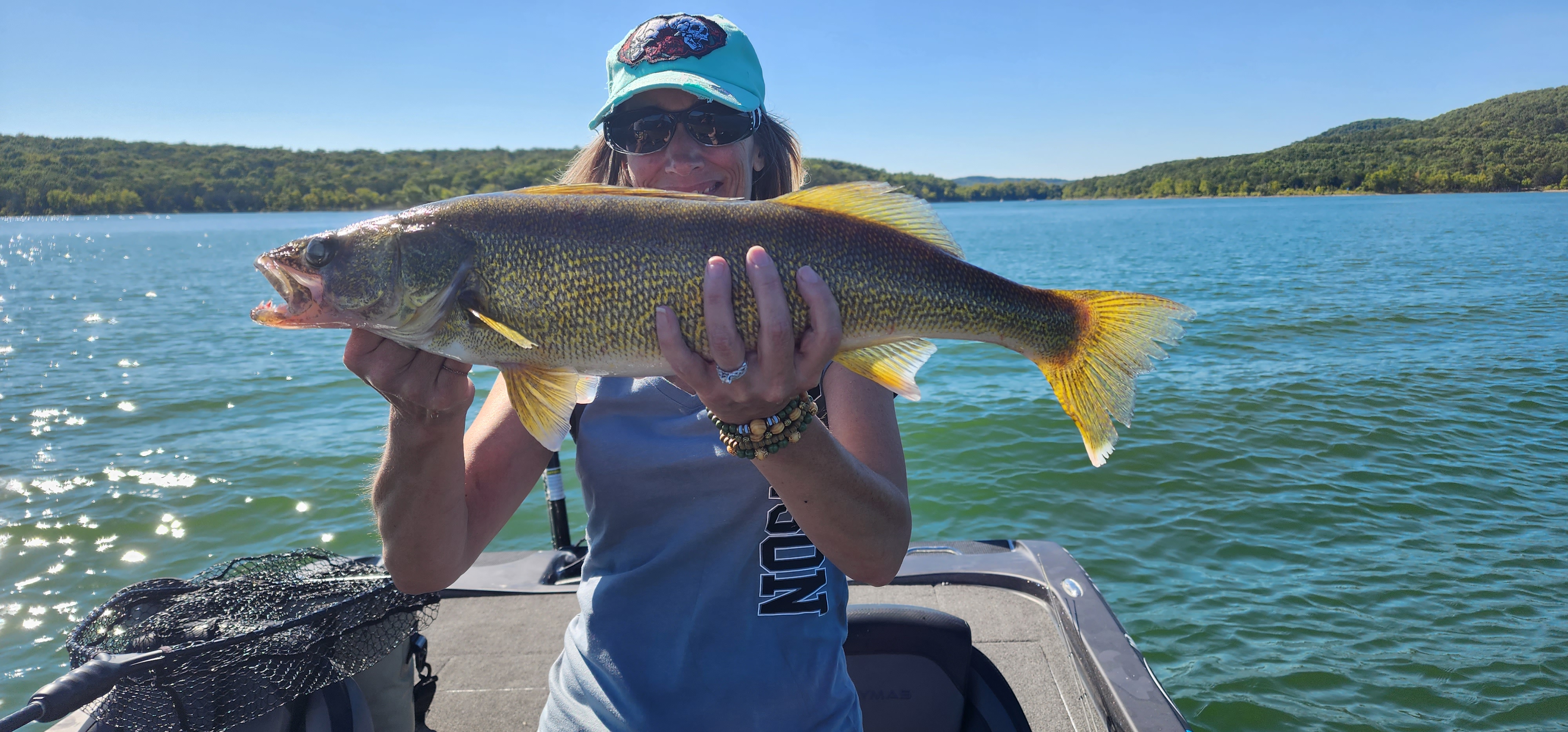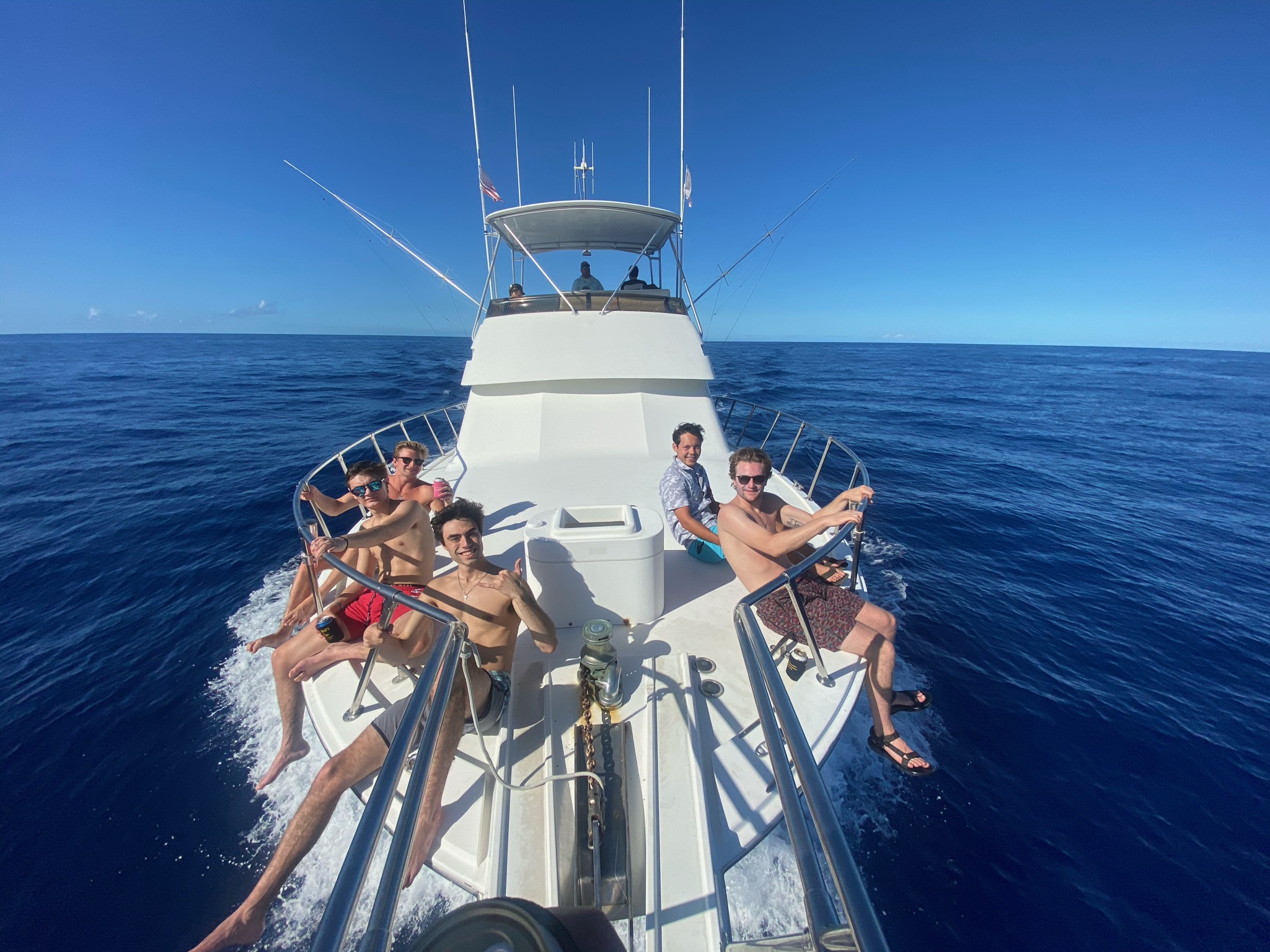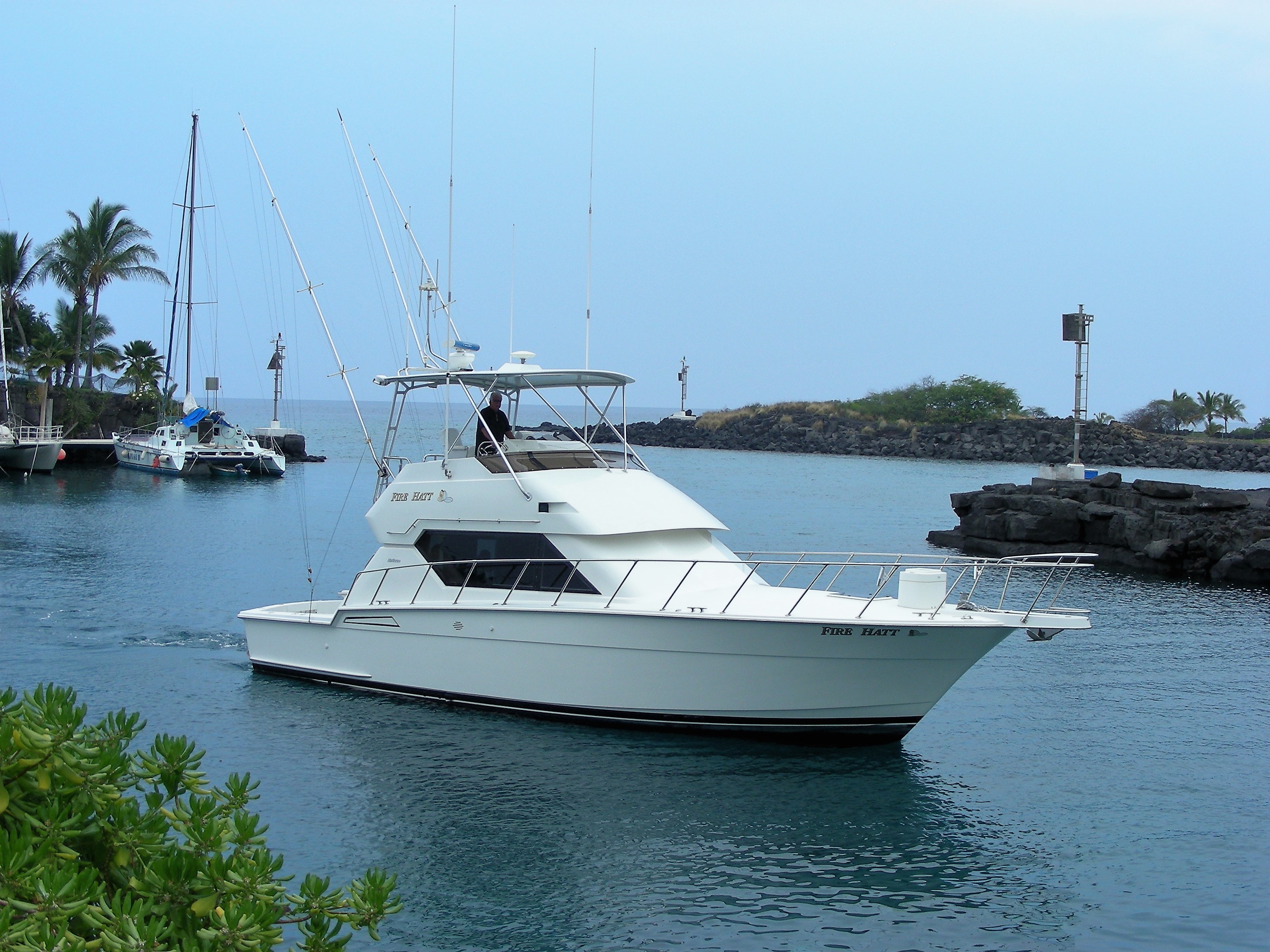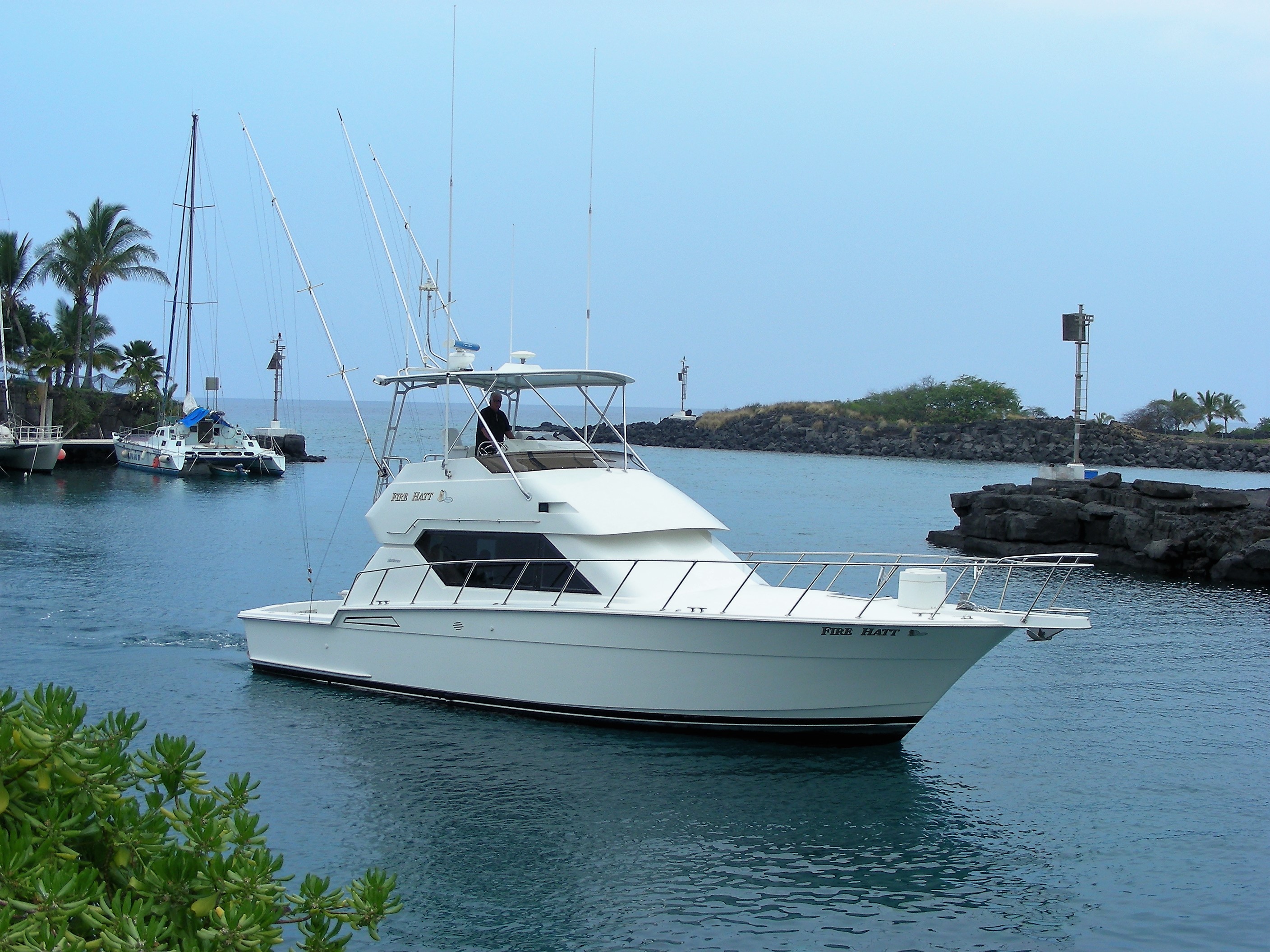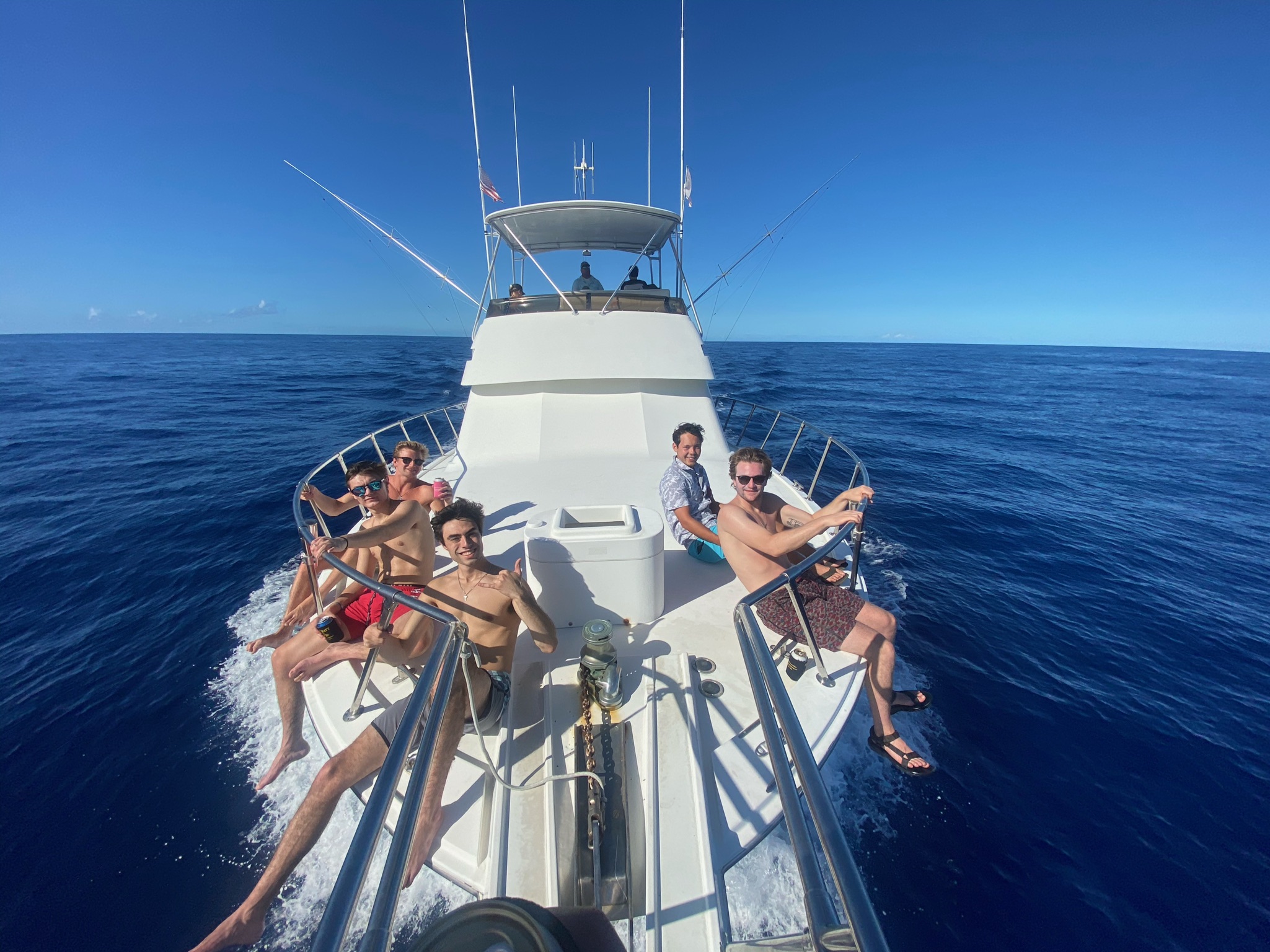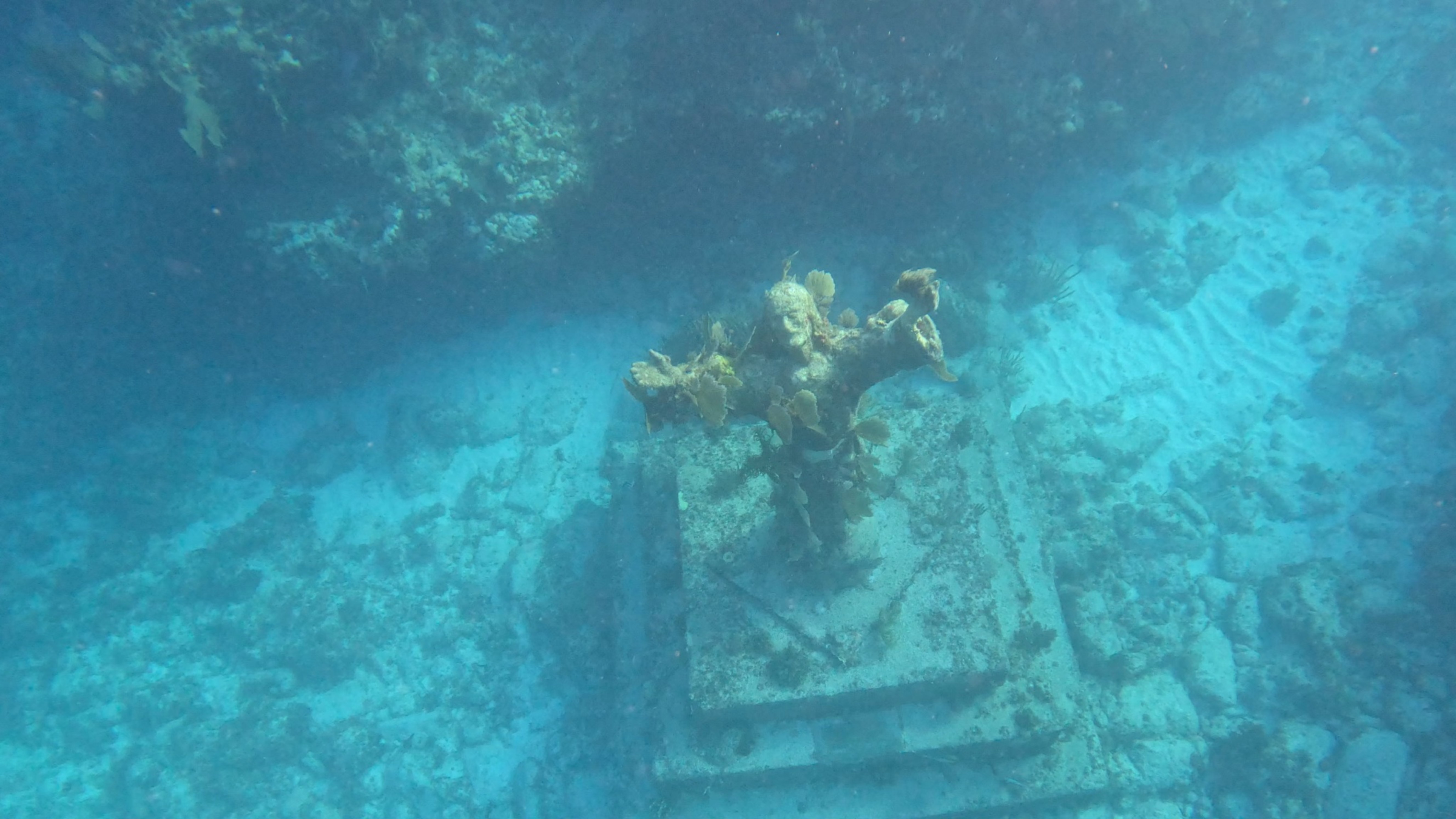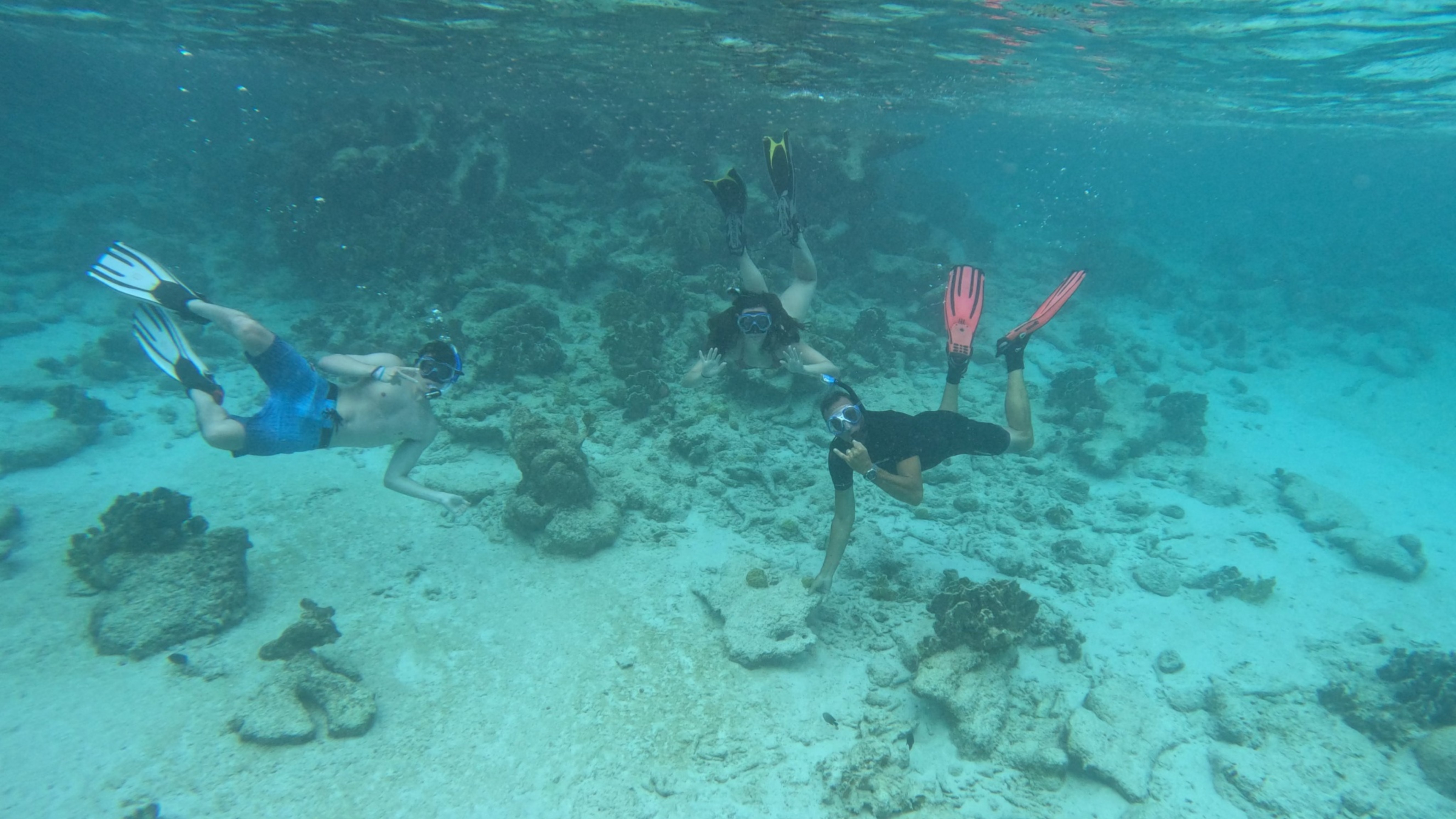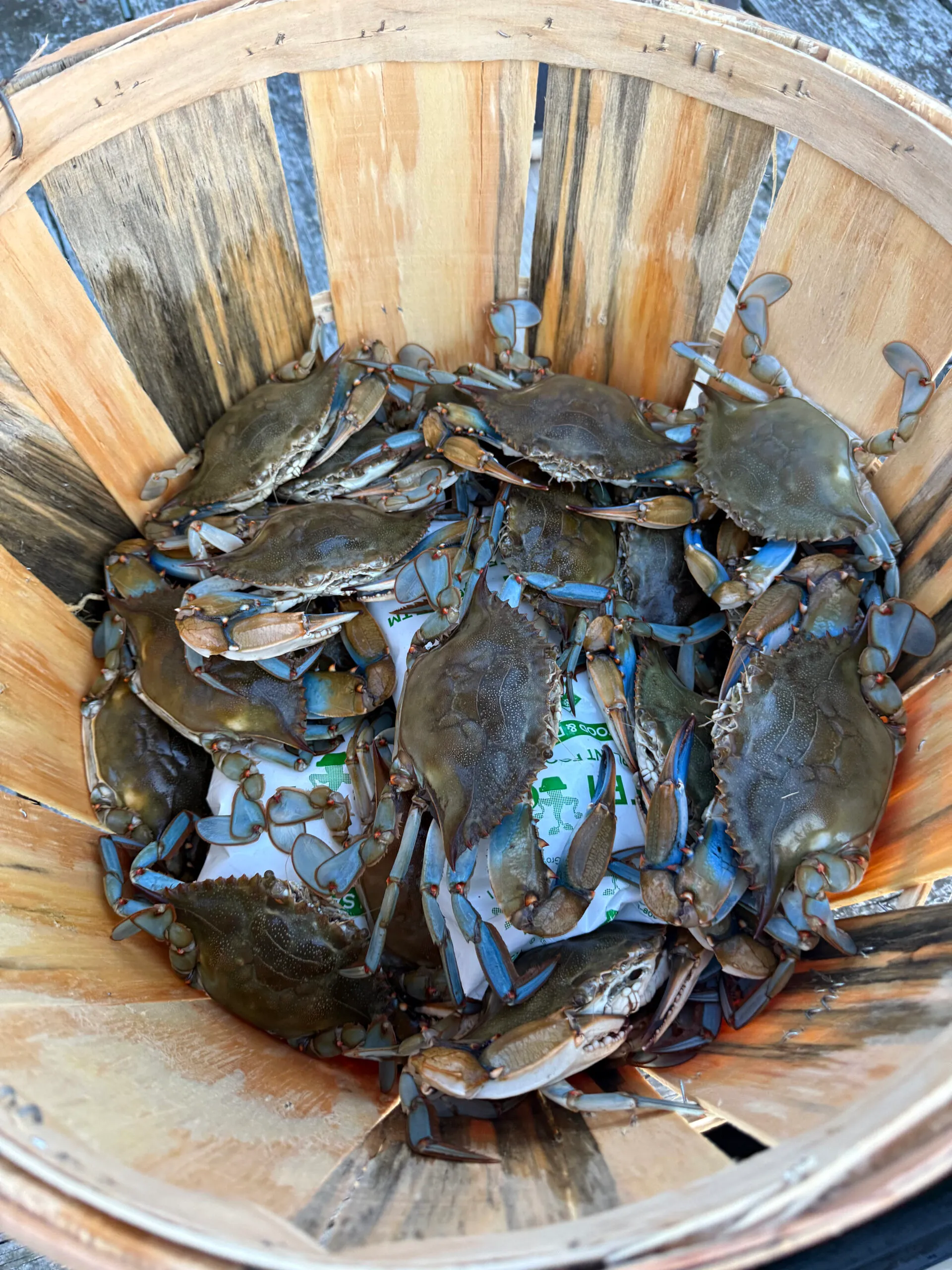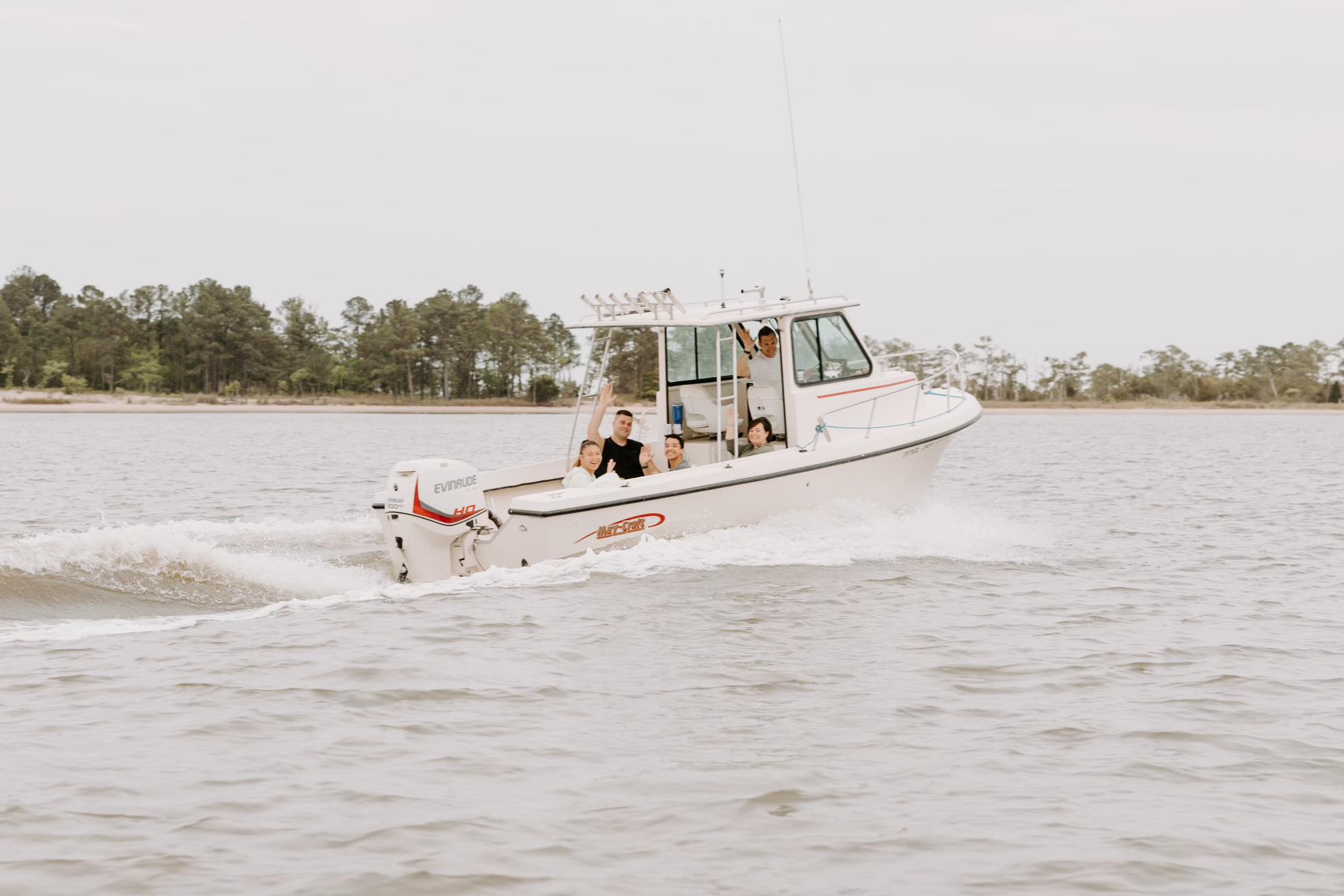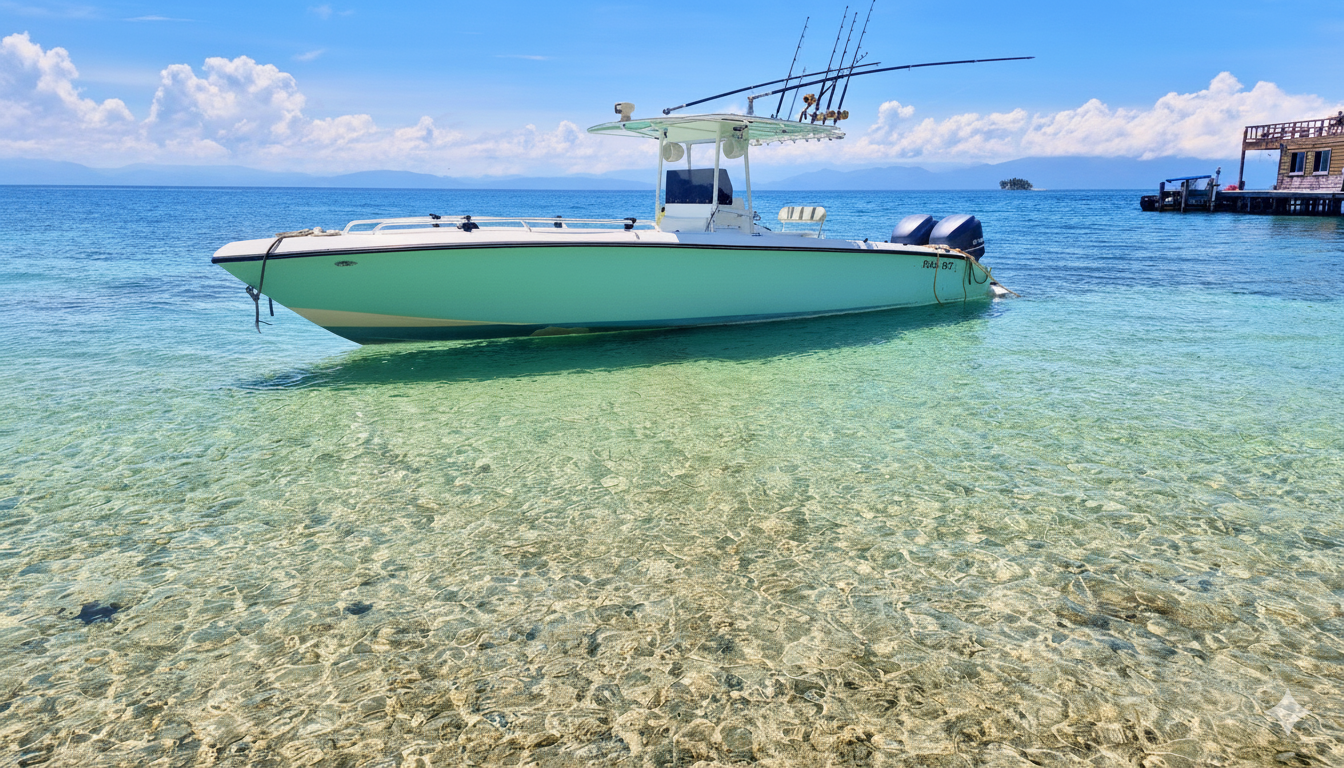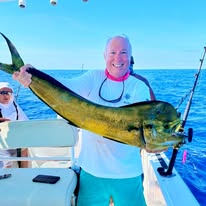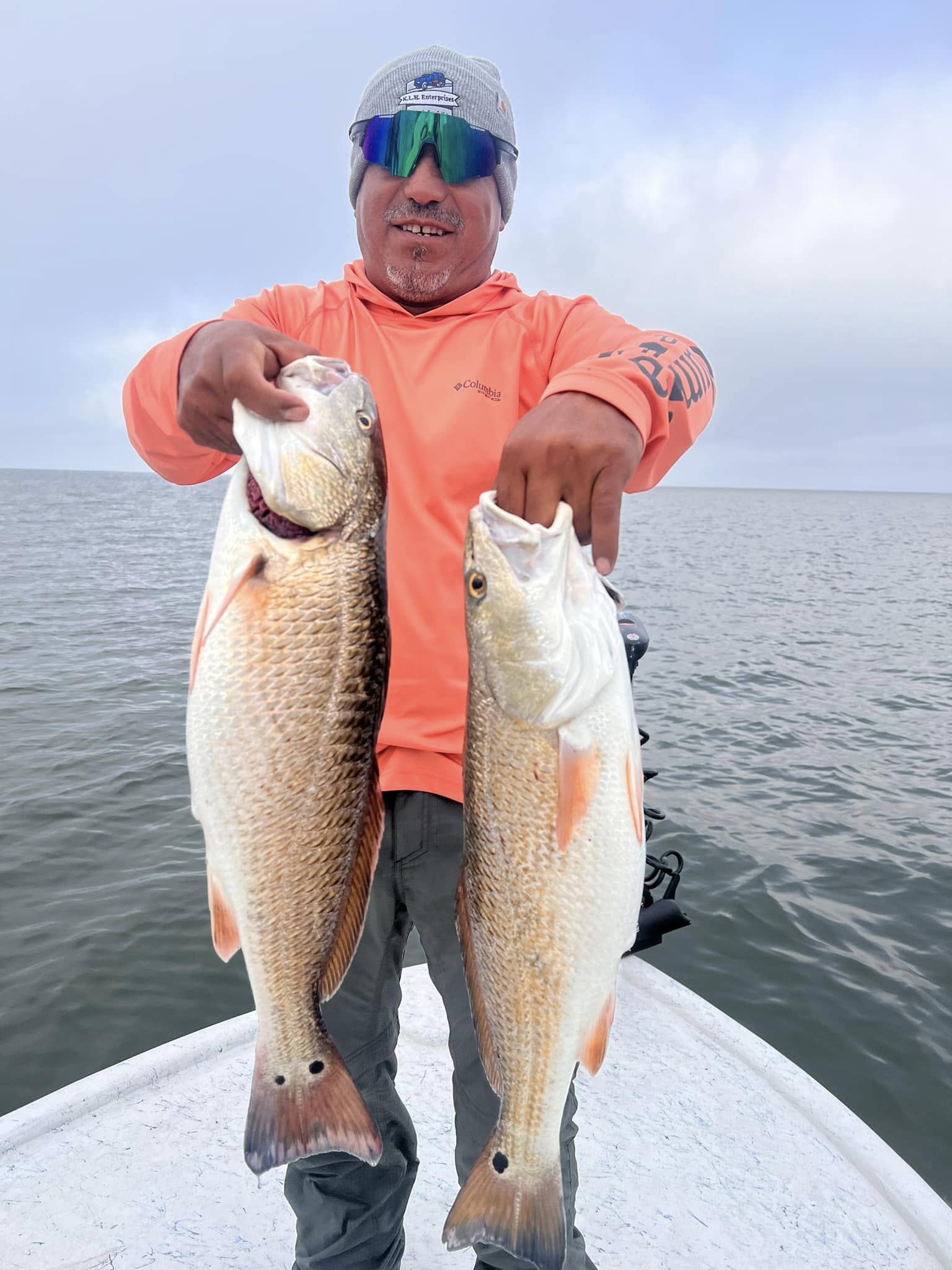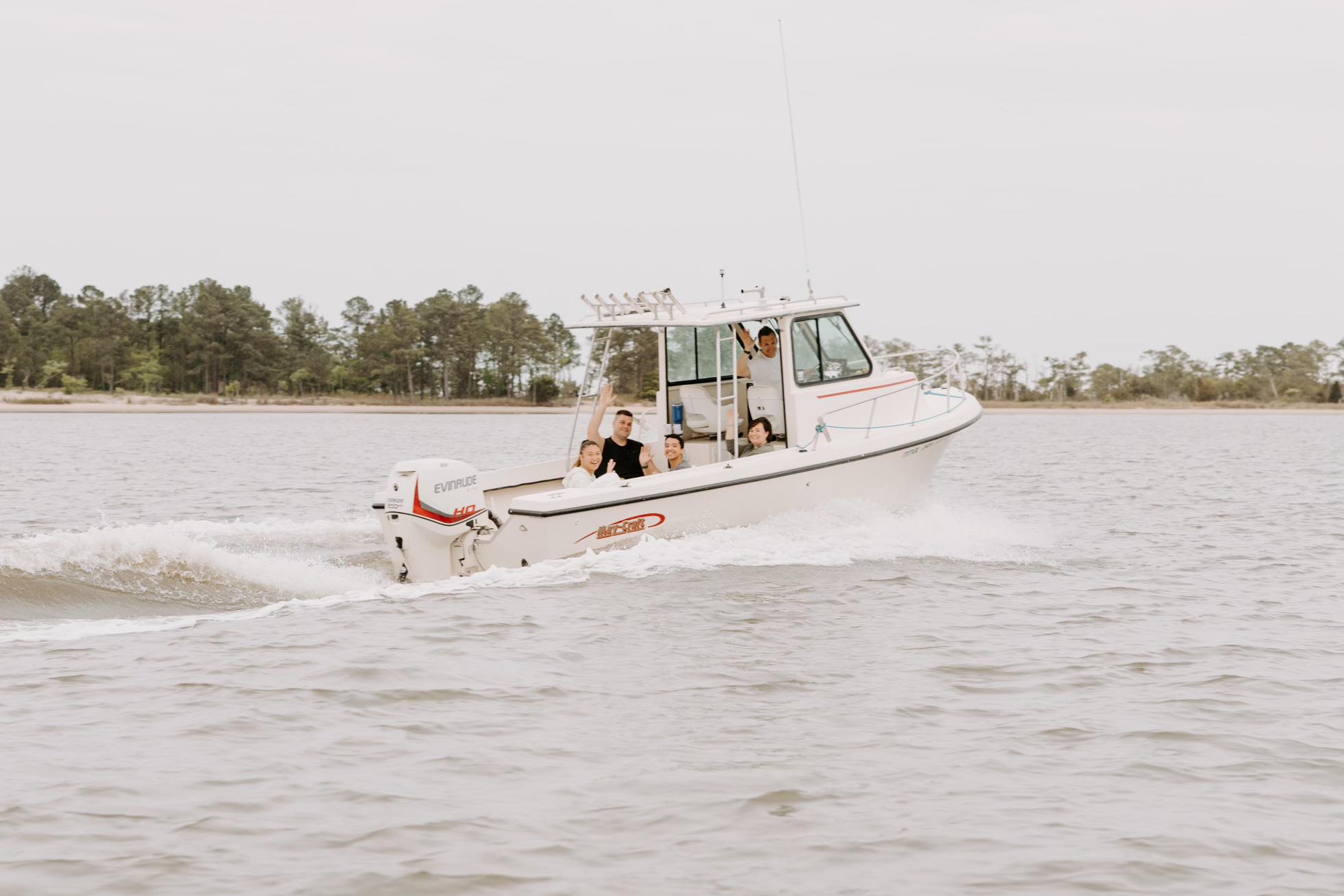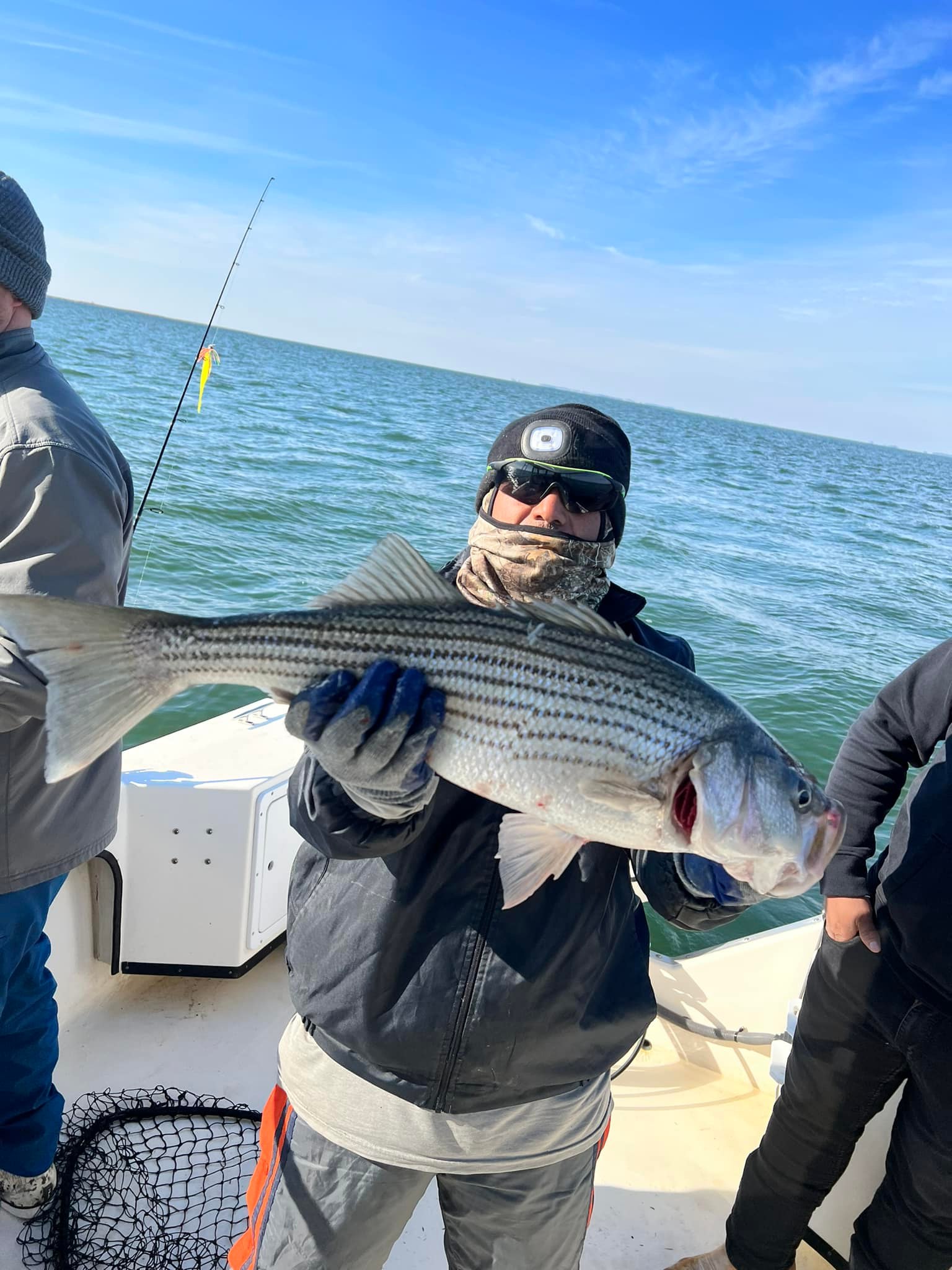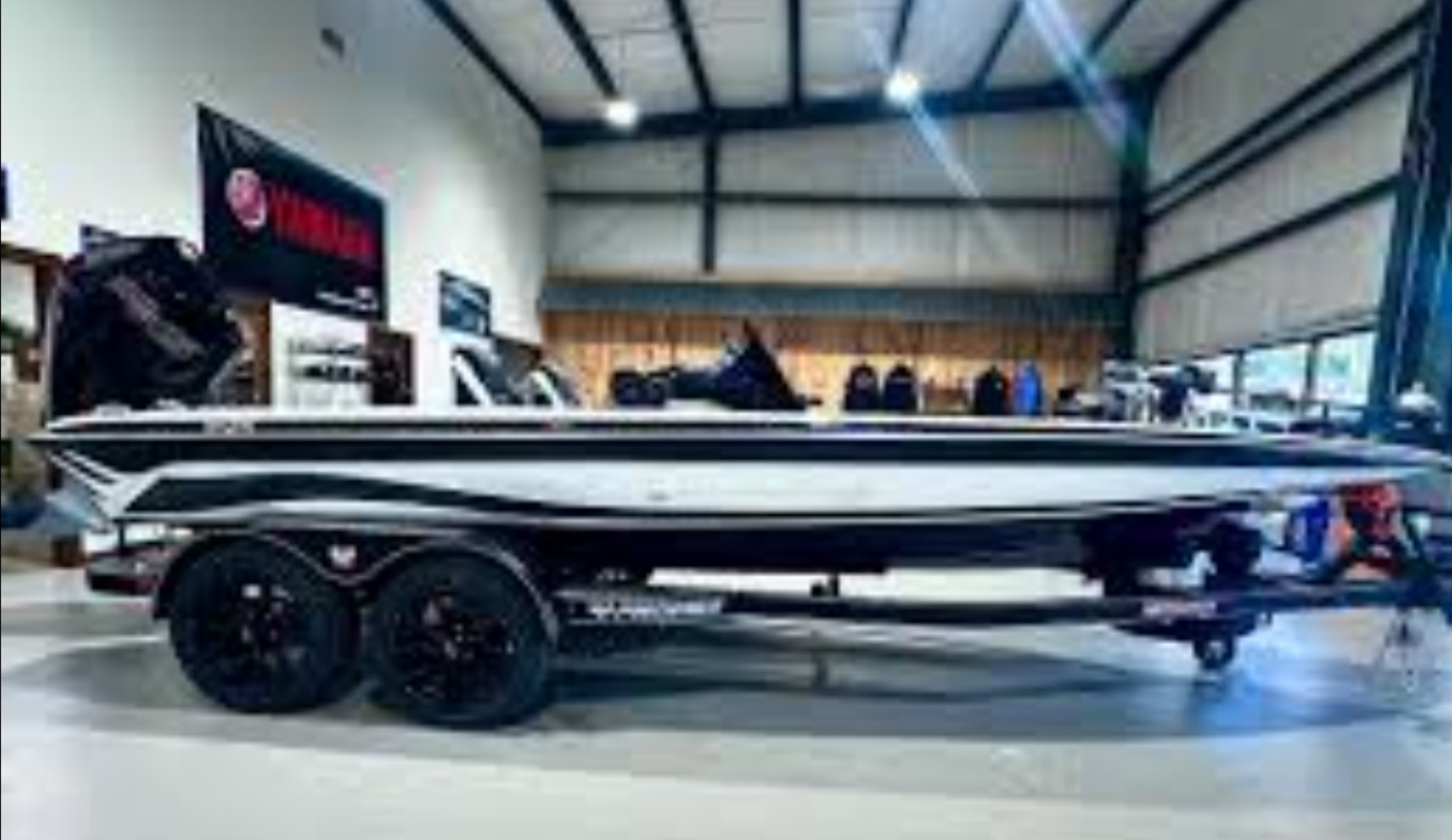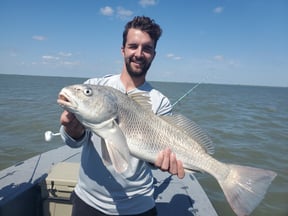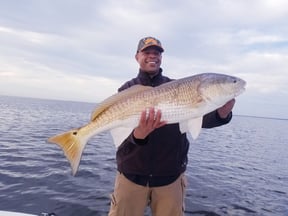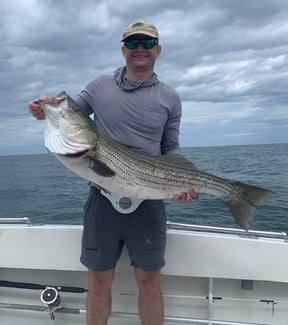Lake Ida (4-8HR)
Inshore, Nearshore, Flats in Venice
Tails In The Tides-Redfish & Trout
Lake Fishing in El Dorado Springs
Beaver Lake - Bass & Walleye
Deep Sea, Nearshore, Snorkeling in Kaiminani
Fishing And Snorkel Trips
Deep Sea, Nearshore, Snorkeling in Kaiminani
Kaiminani, HI Offshore Fishing
Deep Sea, Nearshore, Snorkeling in Key Largo
Key Largo Fishing & Snorkel Combo
Inshore, Flats, Eco Tour in Nanticoke
Crabbing And Casting Adventure!
Offshore Fishing Trip
Inshore, Flats Fishing in Nanticoke
4-6 Hour Inshore Trip
Bull Shoals - Bass & Walleye
We started Captain Experiences to make it easy to book fishing and hunting guides around the world. With over 2,000 Damn Good Guides, our platform makes finding and booking a trip seamless. Head here to check out our trips.
Fishing gear has evolved over the years and anglers are now better equipped for everything from bad weather to picky fish. These improvements have made ice fishing a surprisingly effective way to catch fish. While pulling in big numbers is nice, ice fishing is one of the most social forms of fishing out there. However, as a beginner, the list of seasonal gear can be overwhelming and create a significant barrier to entry. Here’s a breakdown of the most essential ice fishing gear you need to fish the hard water.
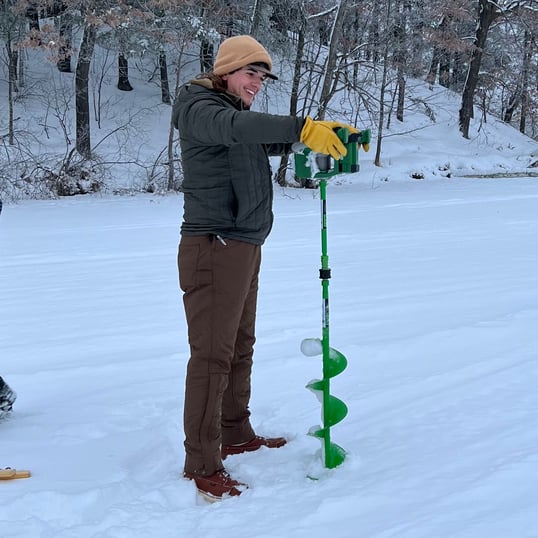
Ice Fishing Safety
Conditions should always be the first thing to check before heading outdoors, but ice fishing leaves you particularly vulnerable. Winter weather is not the most welcoming but beyond comfort, there are a few new safety considerations.
Low temperatures and wind can quickly lead to hypothermia or frostbite. Layering is always the best way to protect yourself from cold temperatures and windchill. Also with temperatures well below freezing, wear wool or synthetic base layers that won’t freeze like cotton. Waterproof gloves and a wind-breaking jacket are also essential gear out on the ice. Even when conditions look good, bring all of your gear. The weather can get nasty fast on the lake and you’ll be glad to have additional protection from the elements on hand.
Possibly the most dangerous part of ice fishing is the ice. Slipping and falling can be dangerous but are not nearly as imminent a threat as breaking through and plunging into frigid waters. Hypothermia will set in quickly and frostbite will be soon to follow.
The best way to avoid thin ice is to watch the weather, check reports, and inspect the ice upon your arrival. Carry a spud bar or chisel to check ice on your walk out. This will make sure you don’t walk out on thin or soft ice.
Ice Auger
If you’re going to fish under the ice, you first need to make a hole. Ice augers are essentially giant drills used to make holes in the ice. Today, there are two main categories of augers available to anglers, manual augers, and powered augers. Manual augers are turned by hand and with the use of a modern blade, they cut through ice efficiently. These augers typically use four to eight-inch blades. However, larger-diameter blades require more effort to cut through the ice.
Powered augers use gas engines or electric motors to spin the blade. As a result, they are faster and remove most of the physical effort it takes to cut a hole. This allows anglers to cut more holes and fish a larger area. The added power also allows anglers to drill up to ten-inch holes.
Picking the right augers depends on what you’re comfortable with. Powered augers require a significant investment while manual augers require more time and effort. If you want to chase panfish then a four to six-inch manual auger is great. On the other hand, if you want the ability to land walleye, northern pike, and potentially a muskie, then a ten-inch powered auger will be required. Additionally, while powered augers are faster and more powerful at cutting holes, they also weigh significantly more which can be tough on a long walk across the lake.
Recently anglers have started to use drill-powered augers which use drill-specific auger blades or converted hand auger blades. This setup weighs only slightly more than a hand auger but costs significantly less than a gas-powered auger.
Ice Scoop
Once a hole has been drilled it needs to be clear of any ice chips that can impede fishing or even cut your line. An ice scoop or ladle is an essential tool for every angler out on the ice. Your scoop doesn’t have to be anything special, many kitchen scoops or ladles with drainage holes in them will work great. An ice scoop is a simple but essential piece of gear, if you have one, you’re all set. Pro-tip: put a keychain float or tie a piece of rope to the handle so you don’t lose it down a hole.
Bucket
A standard five-gallon bucket is a utilitarian piece of equipment that fills many roles. When you need to carry gear, hold rods, or store your catch, a bucket is a great option. Buckets are also great impromptu seats when the bite turns on. If you want a more comfortable seat, foam can be attached to the bucket lid to add some cushion.
Sled
A typical plastic sled is an efficient and affordable way to transport your gear across the ice. Get a sled that is a little bigger than what you need. The extra room gives you the ability to add equipment as you acquire it or throw something in at the last minute. While a sled makes it easy to move gear, be mindful of how much you load it down. A heavy sled is exhausting to drag around and adds to your weight on the ice. Too much gear on thin ice is dangerous.
Pliers
Needle-nose pliers are the workhorse of every tackle box and ice fishing is no different. Pliers and forceps are exceptional for unhooking fish and attaching split shot weights to your line. Make sure you have both in your tackle box for whatever the day throws at you.
Ice Fishing Rods
The first time you hold a 24- to 36-inch ice fishing rod it may seem ridiculous. However, once you’re staring down a small hole in the ice it starts to make sense. Just like conventional fishing rods, ice rods come in a variety of styles. If you’re just getting started ask the employees at the local tackle shop for recommendations and buy what you can afford. In most cases, ultralight to medium-action rods will do the trick.
Spinning and straight-line reels are the most popular styles for ice fishing. With panfish like perch, bluegill, and crappie, being the most popular target through the ice, the equipment required is simple and less expensive compared to traditional rods and reels.
Ice Fishing Line
Ice fishing line typically falls between two and four-pound tests for a couple of reasons. Cold water temperatures cause fish to be lethargic and the fight will be dramatically less vigorous compared to warmer seasons. Also, the tiny jigs and bait used for ice fishing are able to move more freely on lighter lines. Ice fishing specific line, specifically fluorocarbon, stays limp and doesn’t coil in frigid conditions.
Split Shot Weights
Split shot weights are prominent in ice fishing because they help pull the bait down to the desired depth quickly. Keep a variety of split shot weights on hand so you can adjust your presentation on the fly. These soft weights are less likely to damage your line but it’s also important to only use the minimum amount of pressure required to secure them in place. The tiny additional weight from a split shot also makes it easier to feel soft strikes.
Hooks
Hook selection will greatly depend on the type of bait you intend to use. Wax worms are popular for targeting panfish across the country but their diminutive size requires very small wire hooks. On the larger side, minnows will catch bigger fish and require a more substantial hook. Be sure to have a mix of wire hooks in several sizes to make sure your presentation is always perfect.
Jigs
Ice fishing jigs are the most common approach out on the ice. These jigs are predominantly jig heads that are used with live bait or soft plastics. A mix of jigs in several head designs will allow you to change presentation based on target species, depth, and bait size. Keep a well-stocked inventory of jigs ranging from 1/32 to 1/8 ounce to keep your options open.
Nice to Have Ice fishing Gear
Rod holders
Rod holders come in handy whether you’re drinking coffee or unhooking a fish, it’s nice to go hands-free. There’s a big selection of rod holders available from rod stands to bucket holders. With a little experience and time spent on the ice, you’ll find a style that works for you.
Tip-ups
If you want to cover a larger area and/or target bigger fish, tip-ups are a great way to cover some ground. Tip-ups come in a few different configurations but their purpose is to sit on top of a hole and indicate when a fish takes your bait. When the line is pulled, a flag or other indicator will “tip up” allowing you to run over and land the fish.
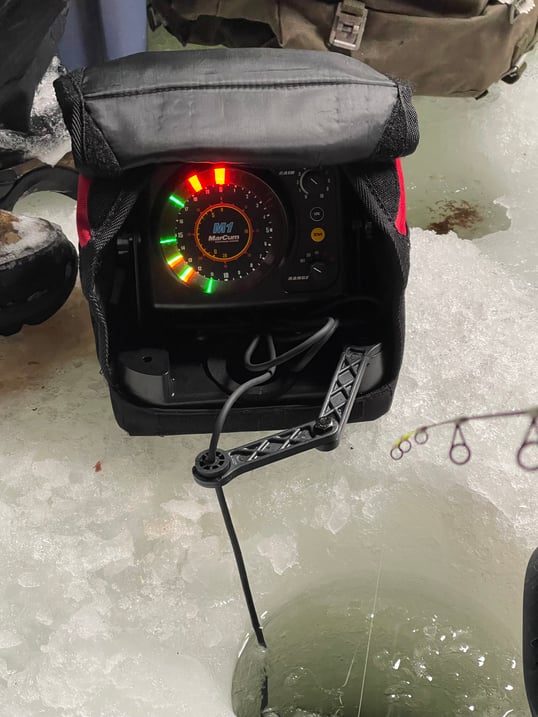
Electronics
Possibly the biggest advantage on the ice is having electronics like depth sounders, color flashers, and underwater cameras. Technological advancements have made basic ice fishing electronics much more affordable, and high-end units much more capable. These electronics help you see under the ice and fish more effectively. When fish are not around you can move without wondering or when fish are schooling under your hole you can put your bait right on top of them.
Joey Butrus
Updated on January 25, 2023

July 1, 2024
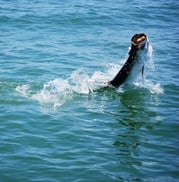
April 15, 2022

July 31, 2024
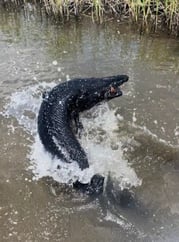
June 22, 2022

April 26, 2022
Related Articles
July 14, 2023
September 12, 2022
August 1, 2022
Featured Locations
- Fishing Charters Near Me
- Austin Fishing Guides
- Biloxi Fishing Charters
- Bradenton Fishing Charters
- Cabo San Lucas Fishing Charters
- Cancun Fishing Charters
- Cape Coral Fishing Charters
- Charleston Fishing Charters
- Clearwater Fishing Charters
- Corpus Christi Fishing Charters
- Crystal River Fishing Charters
- Dauphin Island Fishing Charters
- Daytona Beach Fishing Charters
- Destin Fishing Charters
- Fort Lauderdale Fishing Charters
- Fort Myers Fishing Charters
- Fort Walton Beach Fishing Charters
- Galveston Fishing Charters
- Gulf Shores Fishing Charters
- Hatteras Fishing Charters
- Hilton Head Fishing Charters
- Islamorada Fishing Charters
- Jacksonville Fishing Charters
- Jupiter Fishing Charters
- Key Largo Fishing Charters
- Key West Fishing Charters
- Kona Fishing Charters
- Lakeside Marblehead Fishing Charters
- Marathon Fishing Charters
- Marco Island Fishing Charters
- Miami Fishing Charters
- Montauk Fishing Charters
- Morehead City Fishing Charters
- Naples Fishing Charters
- New Orleans Fishing Charters
- New Smyrna Beach Fishing Charters
- Ocean City Fishing Charters
- Orange Beach Fishing Charters
- Panama City Beach Fishing Charters
- Pensacola Fishing Charters
- Pompano Beach Fishing Charters
- Port Aransas Fishing Charters
- Port Orange Fishing Charters
- Rockport Fishing Charters
- San Diego Fishing Charters
- San Juan Fishing Charters
- Sarasota Fishing Charters
- South Padre Island Fishing Charters
- St. Augustine Fishing Charters
- St. Petersburg Fishing Charters
- Tampa Fishing Charters
- Tarpon Springs Fishing Charters
- Venice Fishing Charters
- Virginia Beach Fishing Charters
- West Palm Beach Fishing Charters
- Wilmington Fishing Charters
- Wrightsville Beach Fishing Charters
